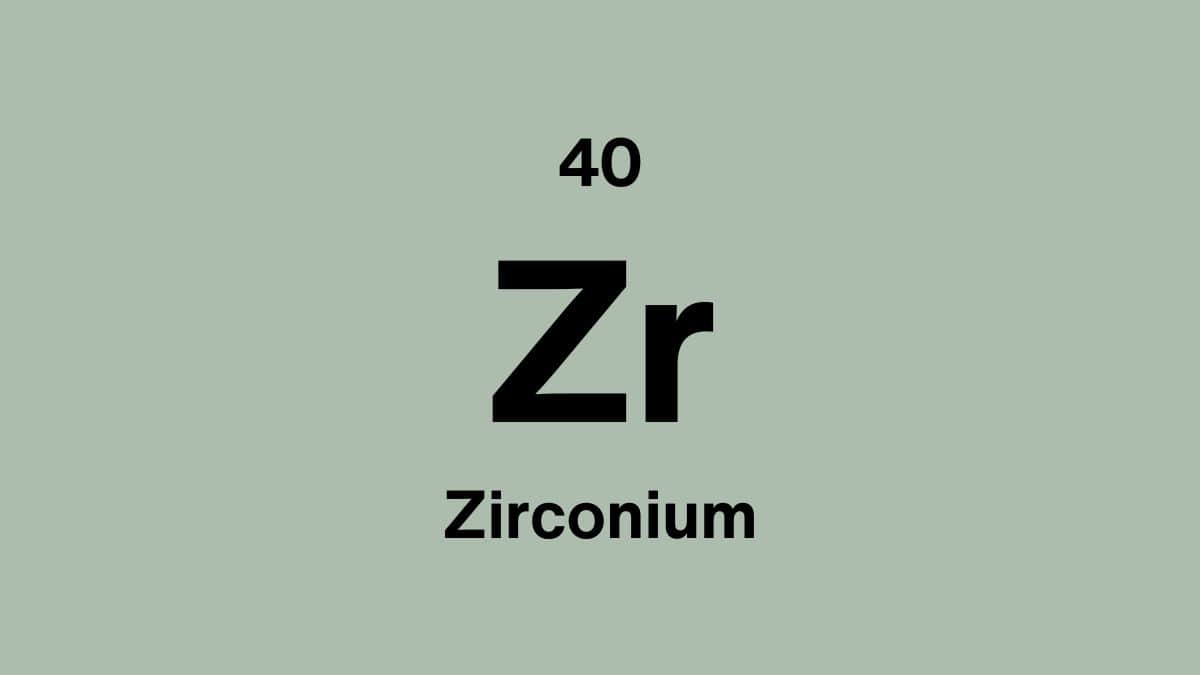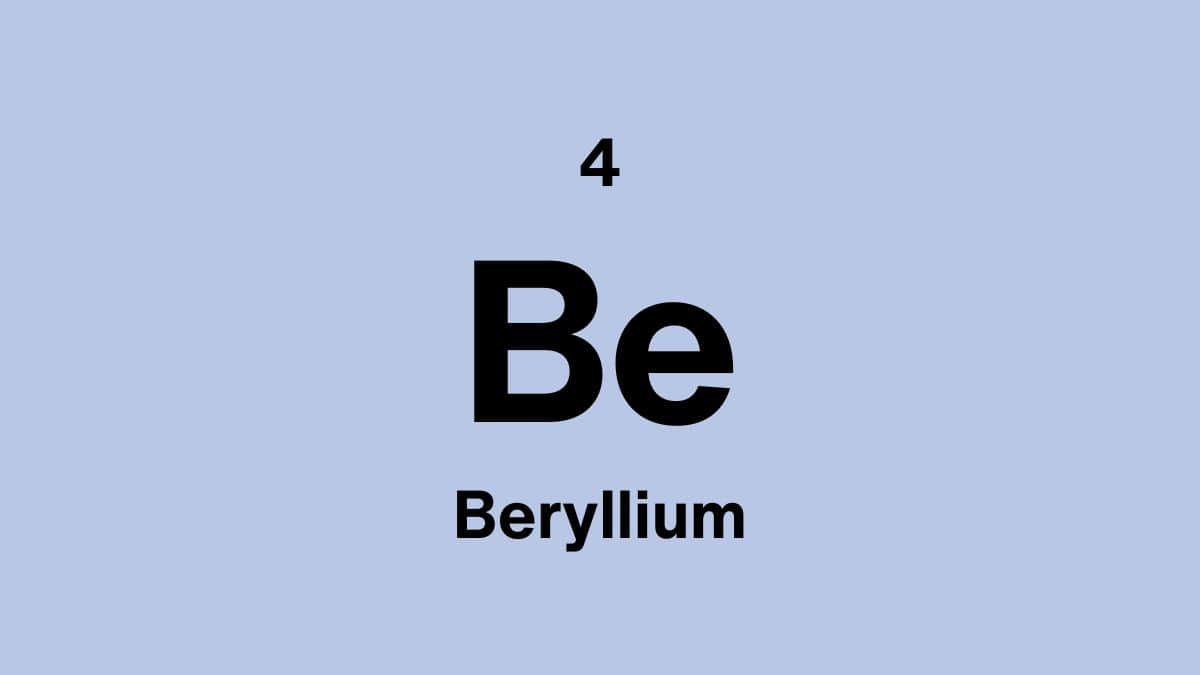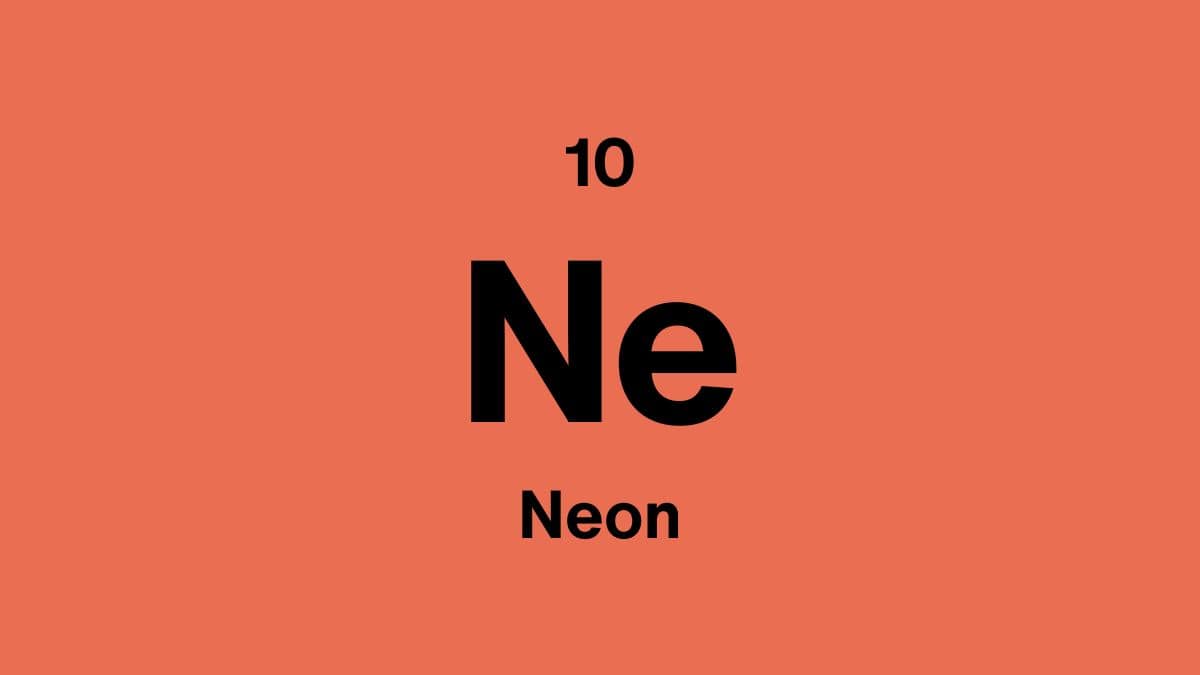Zirconium Revealed: The Metal That Powers High-Tech Industries
Zirconium is a transition metal known for its exceptional corrosion resistance, high melting point, and mechanical strength. It is essential in nuclear reactors, chemical processing, aerospace alloys, and advanced ceramics. Its versatility and durability make it a cornerstone of high-tech industrial applications.
In this article, we explore zirconium's properties, natural occurrence, industrial uses, and key compounds.
Properties of zirconium
| Atomic Number: | 40 |
| Atomic Symbol: | Zr |
| Atomic Weight (amu): | 91.224 |
| Electronegativity: | 1.33 |
| Melting point: | 1855.00°C | 3371.00°F | 2128.15K |
| Boiling point: | 4409.00°C | 7968.20°F | 4682.15K |
What does zirconium look like?
Zirconium is a silvery-gray metal with a shiny metallic luster. It is ductile, strong, and resistant to corrosion, making it ideal for harsh environments. Its visual appearance is typical of transition metals with a bright metallic surface.
Will we ever run out of zirconium?
Zirconium is relatively abundant in zircon minerals, but economic extraction depends on mining and processing capacity. Supply is generally sufficient for industrial demand, though high-purity zirconium used in nuclear reactors is more limited.
Can zirconium be recycled
Yes, zirconium can be recycled from alloys, ceramics, and industrial waste, conserving resources and reducing environmental impact.
Recycled zirconium is commonly sourced from:
- Nuclear cladding materials
- Scrap from zirconium alloys in aerospace and chemical equipment
- Industrial residues from ceramic and refractory applications
Where can zirconium be found?
Zirconium occurs primarily in zircon (ZrSiO4) and baddeleyite (ZrO2) minerals. Major producers include Australia, South Africa, and the United States.
Is zirconium expensive?
Zirconium is moderately expensive, with costs influenced by purity, industrial demand, and specialized applications in nuclear reactors and aerospace alloys.
Does zirconium have a biological role?
Zirconium has no known biological function and is mainly of industrial importance.
What is pure zirconium used for?
- Nuclear Reactors: Zirconium alloys are used as cladding for fuel rods due to low neutron absorption and corrosion resistance.
- Aerospace: Zirconium alloys strengthen high-temperature components and corrosion-resistant materials.
- Ceramics: Zirconium dioxide is used in advanced ceramics, refractory materials, and dental implants.
- Chemical Equipment: Zirconium's corrosion resistance makes it ideal for reactors and piping in aggressive chemical environments.
What are the main compounds with zirconium?
- Zirconium Dioxide (ZrO2) : Used in ceramics, refractory materials, and dental applications.
- Zirconium Chloride (ZrCl4) : Employed in chemical synthesis and as a precursor for other zirconium compounds.
- Zircon (ZrSiO4) : Primary source of zirconium for metal production and ceramic applications.
- Zirconium Silicate : Used in ceramics, refractory coatings, and as a gemstone material.
Who discovered zirconium?
Zirconium was discovered by the German chemist Martin Heinrich Klaproth in 1789 in the mineral zircon. He named the element after the mineral's name, derived from the Persian word 'zargun', meaning gold-colored.
Is zirconium dangerous?
Zirconium metal is generally safe, non-toxic, and corrosion-resistant. Some zirconium compounds can be hazardous if inhaled or ingested, so standard laboratory and industrial safety practices apply.
Fun facts about zirconium
- Zirconium alloys are widely used in nuclear reactors because of their low neutron absorption.
- Zirconium dioxide is one of the hardest materials and is used in cutting tools and ceramics.
- It is highly corrosion-resistant, even in strong acids and alkalis.
- Zirconium is commonly used in jewelry and synthetic gemstones due to its bright, shiny appearance.
Scientific data verified from RSC, Britannica, and the Minerals Education Coalition.



